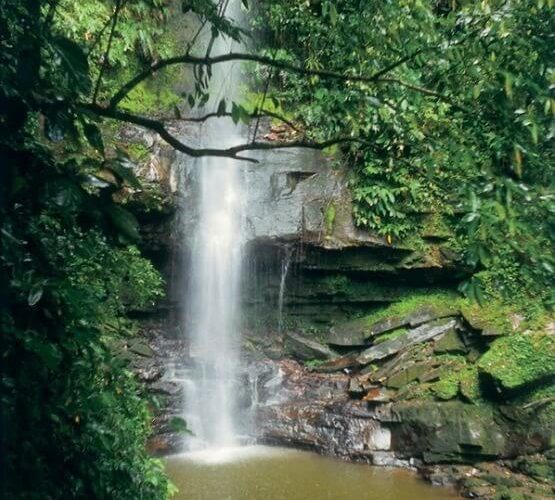Moyobamba was founded on July 25, 1540, by the Spaniards under the name of Santiago de los Ocho Valles de Moyobamba.
This historically important city was the gateway to Amazonia, where the embassies of France, Spain. The embassies of France, Spain, England, Germany, Colombia, Argentina and Brazil were first located in Moyobamba, before moving to Lima.
Located at 860 m.s.n.m. in the area known as the “eyebrow of Amazonia”, a geographical setting that lies between the Andes mountains and the Amazon, an area rich in lush vegetation and hydrology.
Moyobamba is considered the “City of Orchids”, and in its surroundings we find over 3,500 specimens, i.e. 10% of the world’s orchids, as well as dozens of hummingbirds, such as the spoonbill hummingbird, hundreds of birds and the needleless bees that pollinate the orchids.
There are several botanical gardens. The Orchid Festival is held in October.
A charming town, surrounded by picturesque villages, with very friendly and warm people, an Amazonian phonetic accent; a little “talking while singing”, we breathe a tranquil atmosphere. We can enjoy hot thermal baths, waterfalls and bird-watching expeditions.
The cuisine is typically Amazonian, enriched with many exotic fruits, bananas, potatoes, manioc, legumes, meats and river fish in recent years; an Amazonian gastronomy characterized by a notable improvement in cooking techniques, dishes and beverages.




